3208. Alternating Groups II
Description
There is a circle of red and blue tiles. You are given an array of integers colors and an integer k. The color of tile i is represented by colors[i]:
colors[i] == 0means that tileiis red .colors[i] == 1means that tileiis blue .
An alternating group is every k contiguous tiles in the circle with alternating colors (each tile in the group except the first and last one has a different color from its left and right tiles).
Return the number of alternating groups.
Note that since colors represents a circle , the first and the last tiles are considered to be next to each other.
Example 1:
1 | Input: colors = [0,1,0,1,0], k = 3 |
Explanation:
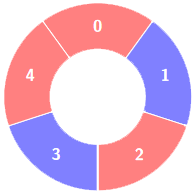
Alternating groups:
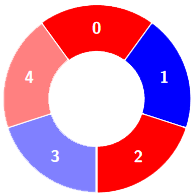
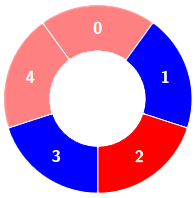
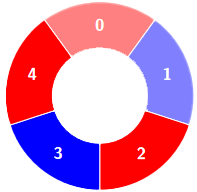
Example 2:
1 | Input: colors = [0,1,0,0,1,0,1], k = 6 |
Explanation:
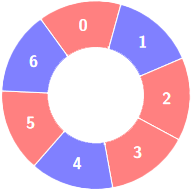
Alternating groups:
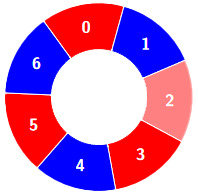
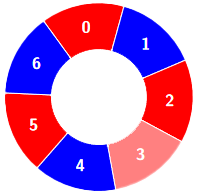
Example 3:
1 | Input: colors = [1,1,0,1], k = 4 |
Explanation:
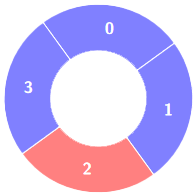
Constraints:
3 <= colors.length <= 10^50 <= colors[i] <= 13 <= k <= colors.length
Hints/Notes
- sliding window
- Biweekly Contest 134
Solution
Language: C++
1 | class Solution { |